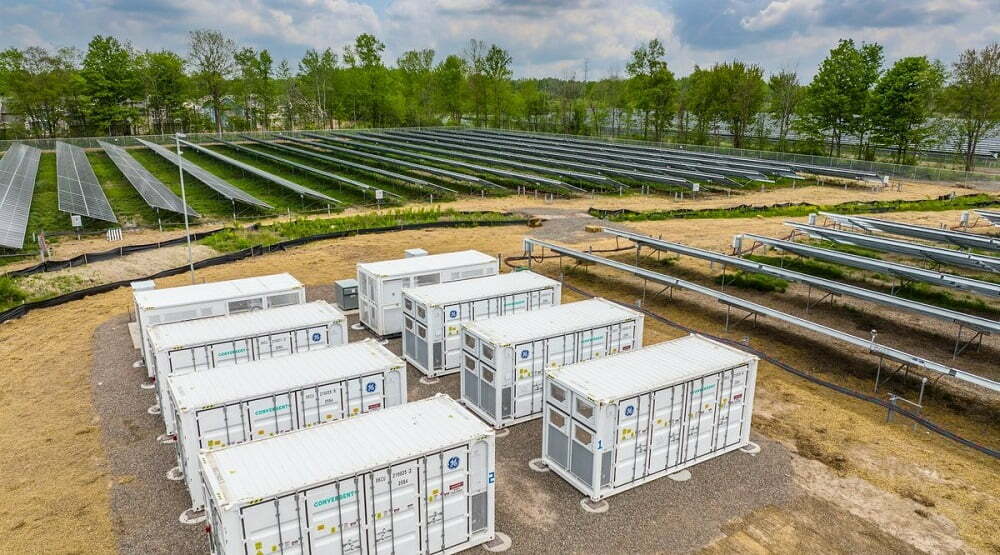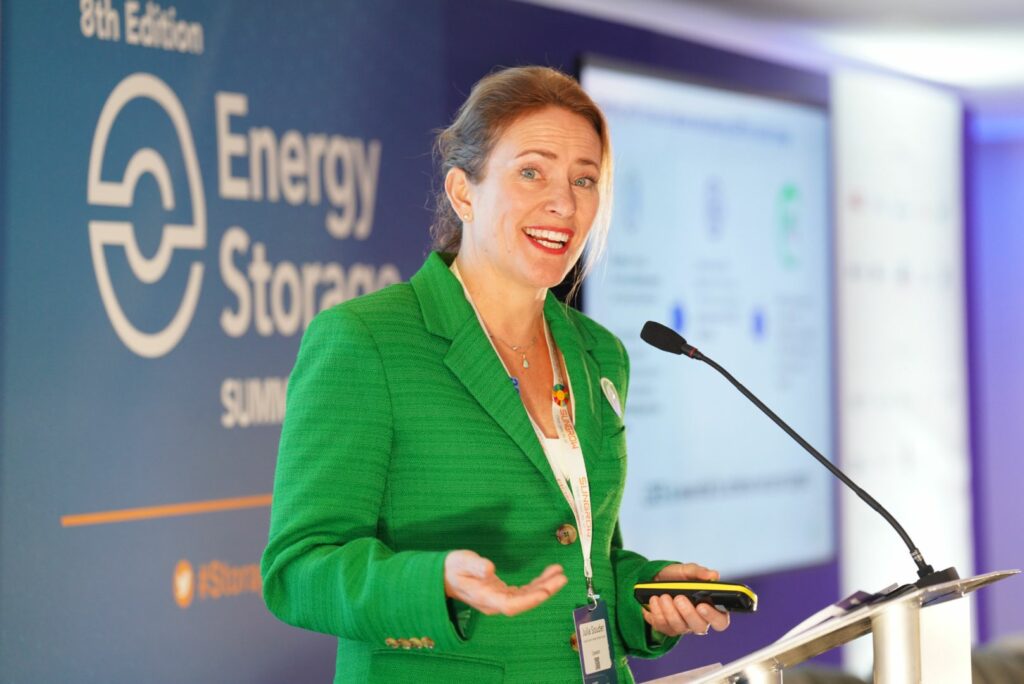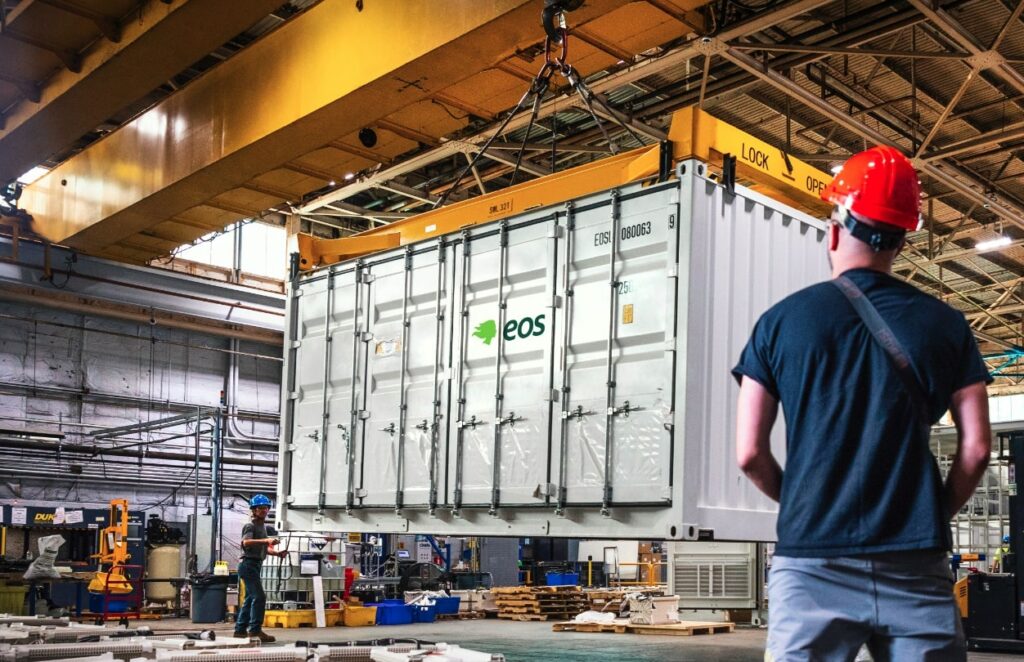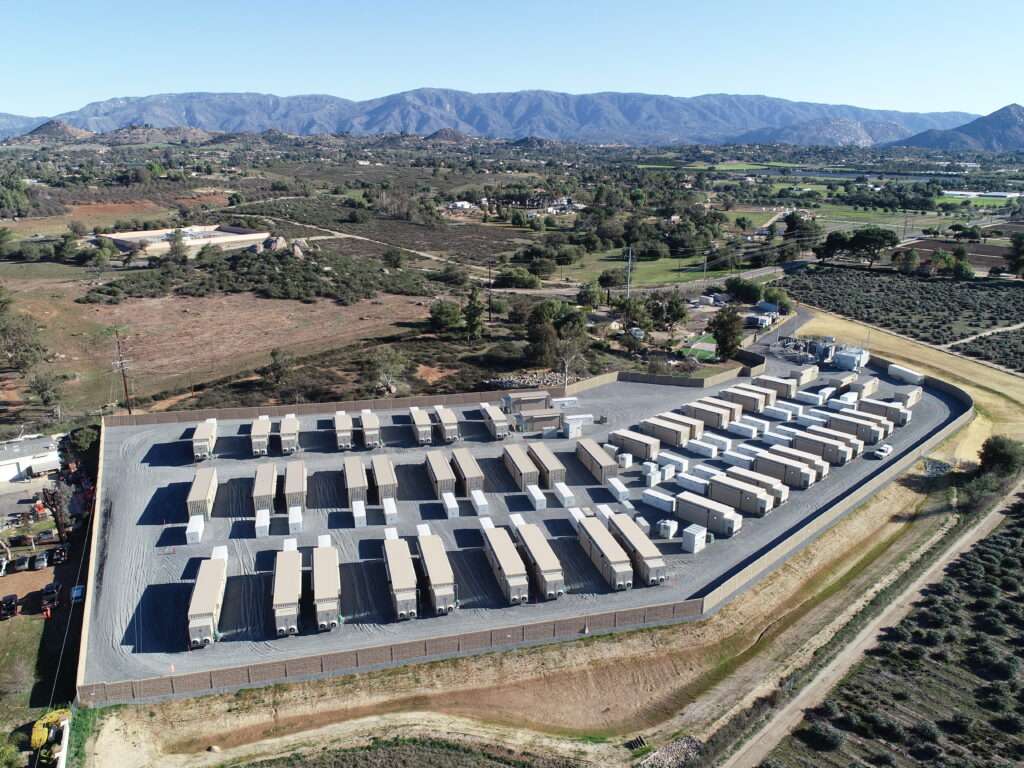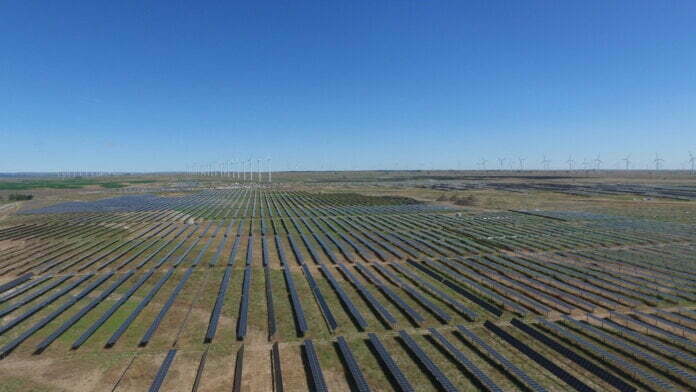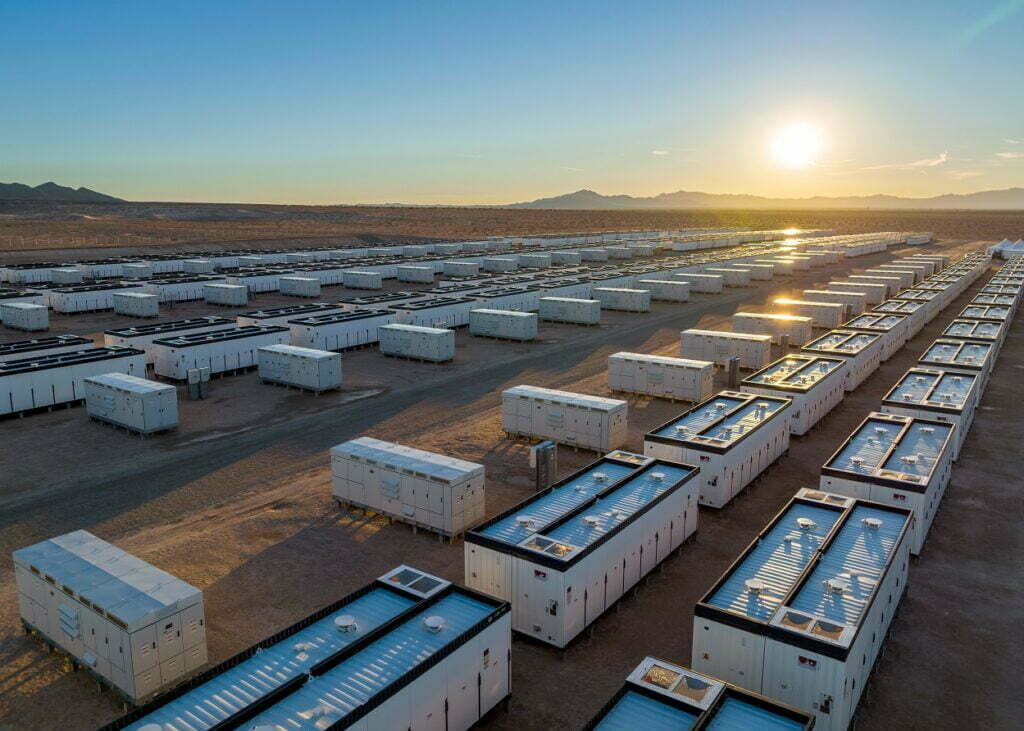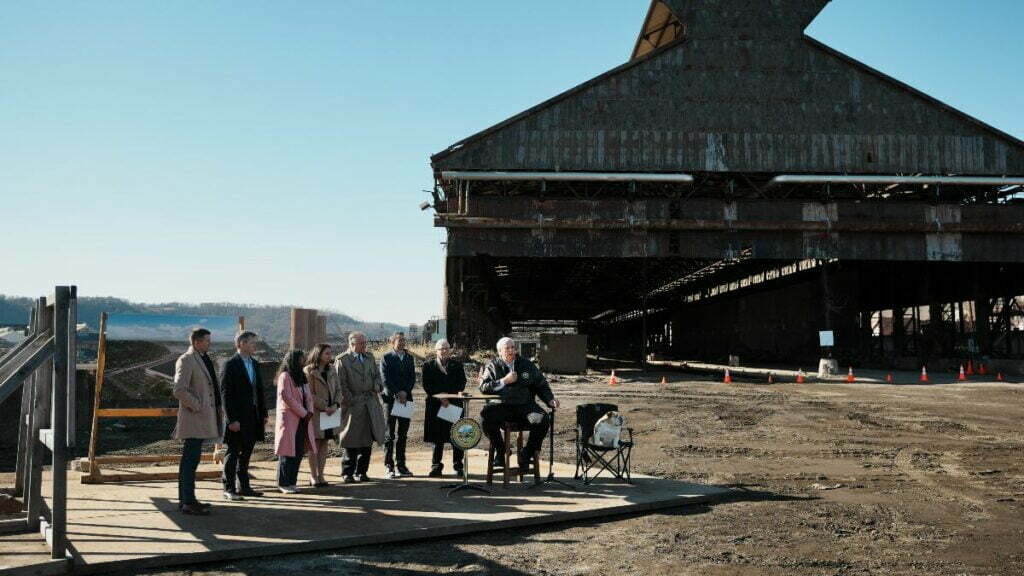Convergent Energy and Power has over 500MW/800MWh of storage and solar-plus-storage (pictured) in operation or under development. Image: Convergent Energy and Power.
You’ve likely heard about the Inflation Reduction Act (IRA) and its US$369 billion commitment to climate change mitigation and energy security.
Chief among those commitments, at least for our readers, will likely be the introduction of the investment tax credit (ITC) for energy storage systems not paired directly with solar, so-called standalone energy storage systems.
At the same time, tax credits for wind and solar have been extended. With all of these incentives in place until at least 2032, with the possibility of further extension, for perhaps the first time ever, developers and investors have a degree of certainty around their investments.
We often write about the US battery storage market as being on an upward trajectory of growth and breaking deployment records consistently. And this is certainly true. But what is also true is that until now, most of the activity has been limited to a handful of places, with California, New England New York, and Texas the standout leaders for utility-scale battery installation.
Some other places like Arizona, Hawaii and Puerto Rico are also on increasingly strong and consistent footing, yet if you look towards much of the rest of the country, things are at a far earlier stage.
With tax credits equivalent to roughly 30% of the total capital cost of a project and potentially rising to as much as 70% (based on bonuses, including those tied to developing projects in low-income communities or using US-made products), it has made energy storage increasingly viable across the US – and expected to boost the more advanced energy storage markets to ever-new heights.
Analysis firms BloombergNEF and Wood Mackenzie Power & Renewables are among those tracking the industry closely, and both have said they expect to see a major upturn in energy storage deployments as a direct consequence of the Inflation Reduction Act.
Image: Convergent Energy and Power.
‘Playing a role in America’s clean energy transition’
Energy storage, most commonly deployed in the form of battery energy storage solutions, is not just about cutting edge technology and innovative applications. At its core, energy storage allows the electricity industry to instantaneously match supply with demand.
Electricity is a rare example of an industry without inventory. That constant balancing act played by utilities and grid operators to be able to deliver power to customers, whenever it’s needed, puts a continuous strain on the system.
Even without renewable energy in the equation, the ability to store energy is a desirable thing. Couple that with today’s ongoing transition to low-carbon resources, and the variability of generation from solar PV or wind, and energy storage becomes essential to maintain balance and reliability.
Energy storage also means lower costs for operating the grid, and with solar and wind now among the cheapest sources of power generation, it also means lower energy costs.
The importance of energy storage is why Neil Chatterjee, former chairman of the Federal Energy Regulatory Commission (FERC), recently joined energy storage and solar developer Convergent Energy and Power on its board of directors.
“I have spent my career advocating for new energy infrastructure that meets the moment, and I am honoured to join the Convergent Board and have the opportunity to continue playing a role in America’s clean energy transition,” Neil Chatterjee said.
“We are at an important point in the clean energy transition, and it is vital that we continue working to build an energy landscape that is less expensive, more reliable and increasingly sustainable,” Chatterjee added.
There are already clear indications this legislation has the potential to be a powerful engine for driving the post-fossil fuel economy and the emphasis is just as much on economy as it is on clean energy.
Energy storage systems that meet requirements on metrics such as use of local labour and domestically produced components will be eligible for bonus tax credits, while projects in areas with close historical – or present-day – connections with fossil fuel industries will also earn higher ITC rates.
The IRA has already resulted in billions of dollars investment flowing into the sector, not to mention new entrants into the market from home and abroad. North of the border, Canada has already reacted by saying it too will introduce a tax credit scheme for energy storage in response.
Opportunities require action
Media coverage of the Inflation Reduction Act largely focuses on what it will do for US manufacturing and the whole battery storage and solar value chain. And it will do a huge amount for US manufacturing, make no mistake.
Again, investment is already flowing in to build factories, refining facilities, recycling plants and much more–to the extent that Europe, which has a considerable head-start on the US in getting battery production up and running, is also going to introduce a similar plan of its own.
But, when those things come together, investment in making things as well as investing in putting them in the ground and onto the grid, we can really start to see how transformative the IRA will be.
There’ll still be a big market for hybrid resources such as solar-plus-storage, but the IRA means better opportunities to put standalone energy storage systems where they’re most needed. Image: Convergent Energy and Power.
Some of the impacts of the IRA further downstream are a little harder to predict; for instance, it could be a driver of investment into newer or alternative technologies, whether that means different types of batteries like flow or sodium-ion, or other types of energy storage advancements in the form of mechanical or thermal storage.
Other impacts of the Inflation Reduction Act will be immediate and perhaps more obvious. For example, the ITC has been available to energy storage systems when paired with solar, and the batteries are charged directly from the grid. The new ITC for standalone energy storage projects uncouples developers from this restriction.
That means energy storage systems can be built where they have the most strategic benefit, not just where there’s enough land and grid hosting capacity to also build solar.
There’ll be plenty of what’s called solar-plus-storage too, or more technically, ‘hybrid resource’ power plants, but now, energy storage can go (almost) anywhere.
Do not delay, because the increasing demand may lead to supply chain bottlenecks. The ability to both reduce costs and carbon emissions with battery storage or solar-plus-storage has never been more incentivized at the federal or state levels and the clean energy transition requires us all to adapt.
The opportunities are bigger than the challenges ahead, and your competitors are certainly not waiting around. If you need a trusted partner with a head-start and a great track record of results, speak with leading developer Convergent Energy and Power, which takes the hassle out of energy storage.
Continue reading

